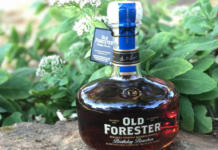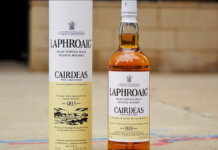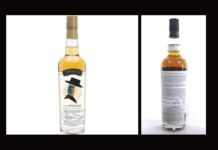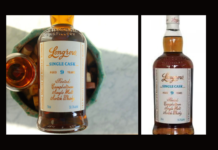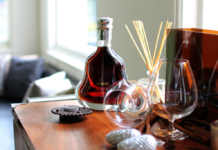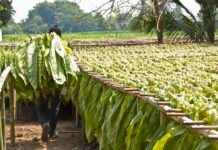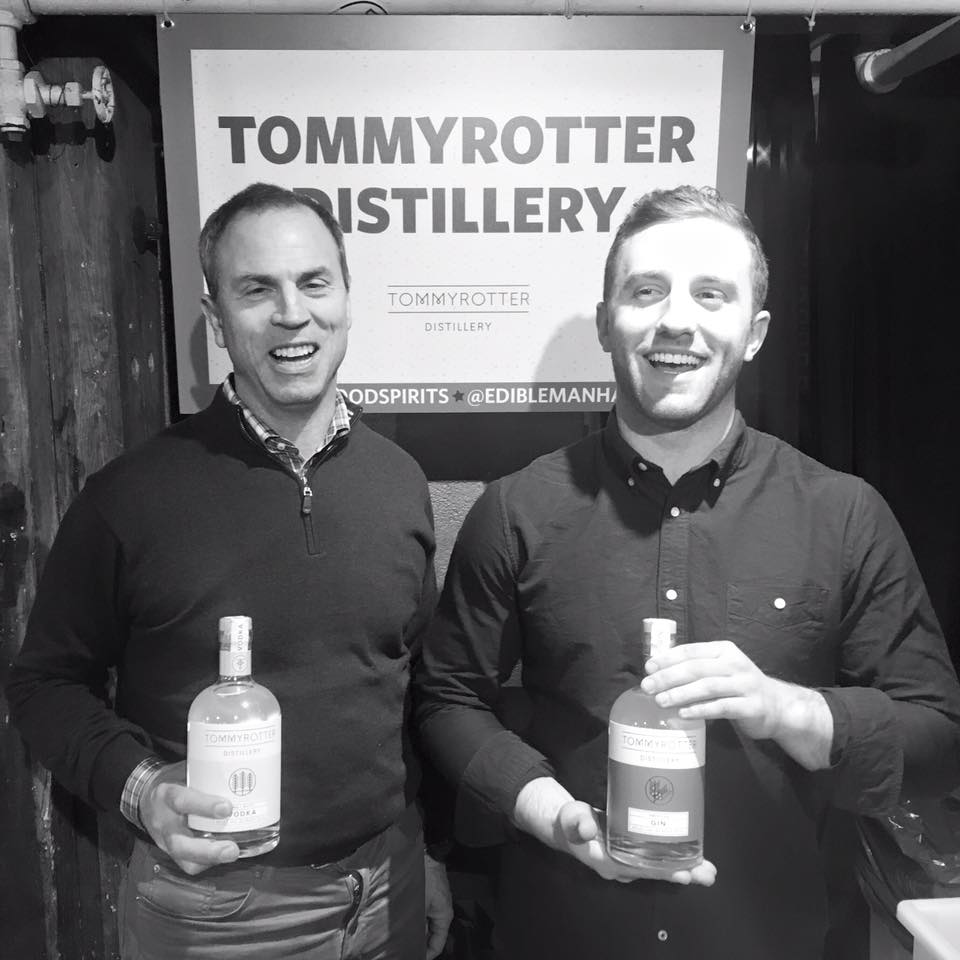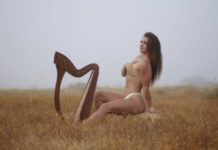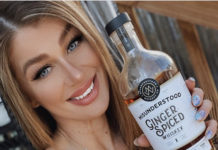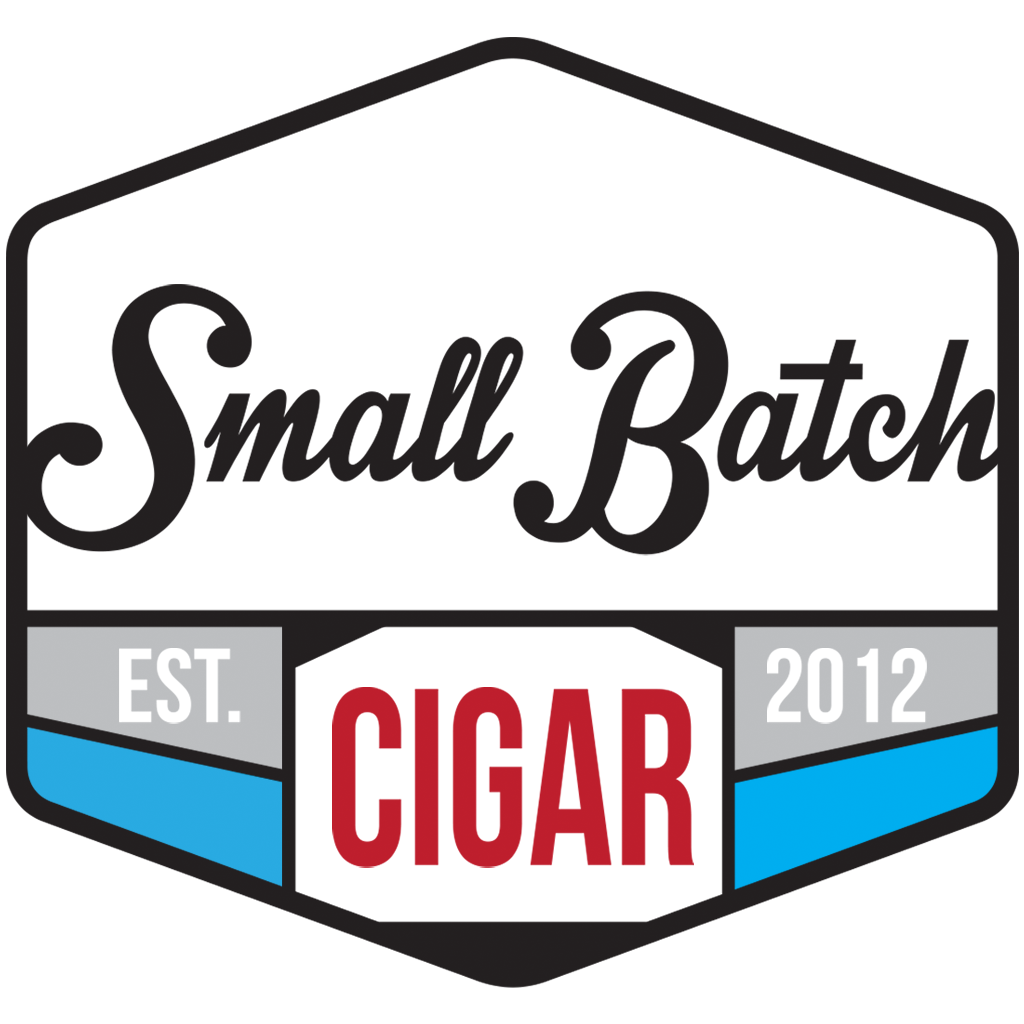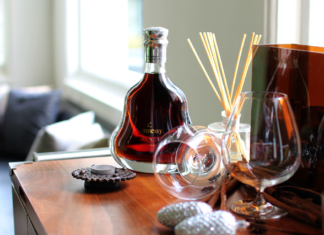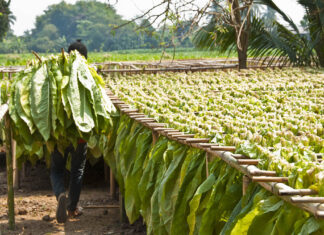Our creative process is inspired by the Tommyrotters’ Club, a band of rebellious craftsmen and artisans in the early 20th century who broke rank from the Arts and Crafts Movement to create for creation’s sake. They sought adventure, mischief and inspiration in nature. Their work honored an industrious spirit of back, hand and heart. We spoke to Robert Finan the co-founder and distiller for the craft distillery.
Everyone wants to be in this very sexy industry, but there is a lot of hard work and sweet that goes behind the scenes that are not seen by the general public. Robert and I explore all that goes into making the final product.
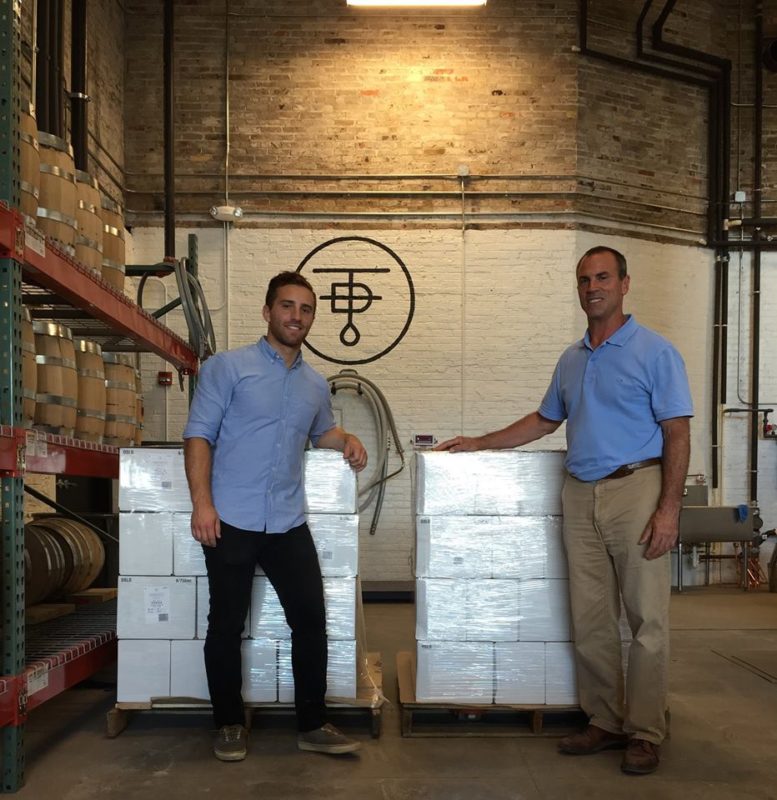 Bobby, please tell us a bit about yourself. How did you find yourself in the world of spirit distillation ?
Bobby, please tell us a bit about yourself. How did you find yourself in the world of spirit distillation ?
BF: I was turned onto the distilled spirits industry while interning at an investment bank in NYC during my senior year of college. I visited a number of craft distilleries in Brooklyn and was fascinated by them. That enchantment combined with the disillusionment of cubicle life was enough for me to make a radical change in my career path. I decided that I wanted to start a distillery, but I didn’t know anything about making booze. I lucked out after following a lead down a rather circuitous path of acquaintances of acquaintances and ended up snagging a job as the first employee at a distillery on the verge of opening in Central New York.
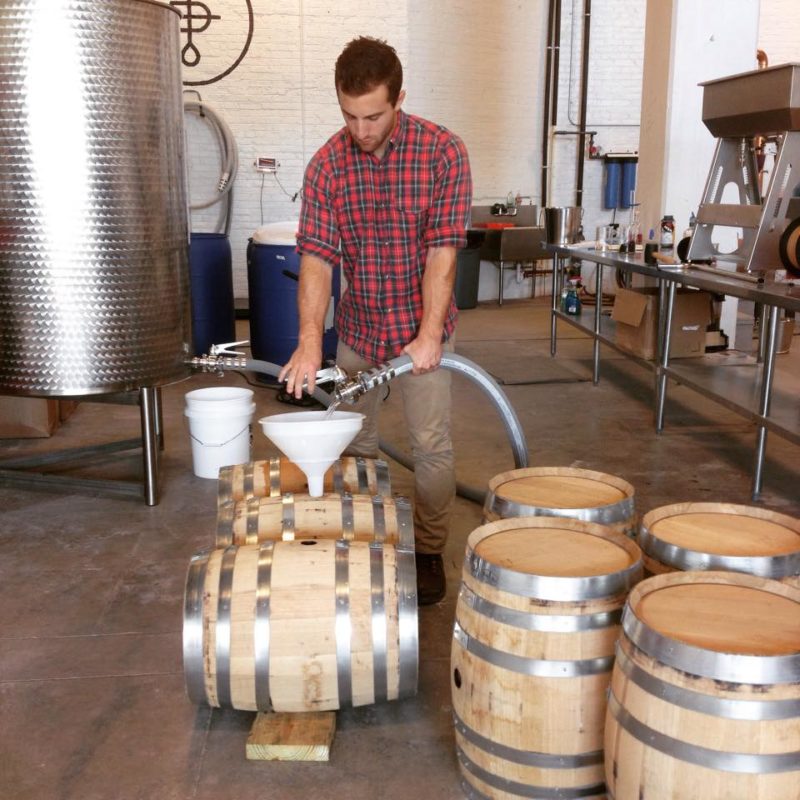 Please tell me how the distillery came about? What was your vision. Tell us about the name.
Please tell me how the distillery came about? What was your vision. Tell us about the name.
BF: After working at a distillery for about a year, I left to pursue my goal of starting my own distillery. I thought that I would start a super small distillery in an old garage and boot strap everything with some micro-loans from friends and family. In my path to find the real estate for the distillery, I collided with the guy who would become my business partner, Sean Insalaco. Sean and I would discuss the business plan and he really shook some naivety out of me. His constant questioning made me realize how much I didn’t know about running a business. Sean eventually came on as a partner and helped raise the capital for business. He brought 25 years of corporate business acumen and marketing experience to the table.
Rather than choosing a name that spoke to our geographic location (many distilleries name themselves after their hometowns and it makes it difficult for them to capture the attention of consumers who have no associations with that town), we wanted to find a name that spoke to the region of Western New York and had a story associated with the brand equities that we wanted to convey: craftsmanship, quality, hard work, artistry, etc. We spent months reading old history books about Buffalo, looking for a great story. We eventually stumbled across the story of the Tommyrotters’ Club – a band of rebellious artists in the early 20th century who were involved with the Western New York Arts & Crafts Movement. They were based out of the town of East Aurora, where I grew up and where Sean worked for 20 years, and were known to sneak off during the work day in pursuit of adventure and inspiration. This resonated with us and Tommyrotter it was. Turns out the name was trademarkable and no one ever forgets it!
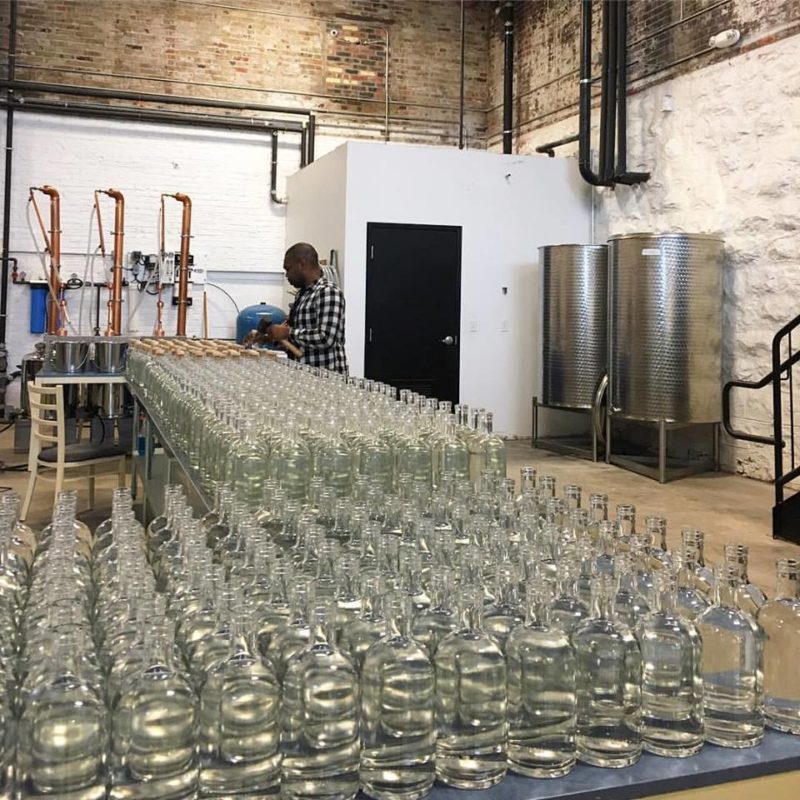 What have been the main challenges involved in setting up a new distillery?
What have been the main challenges involved in setting up a new distillery?
BF: There are hundreds of challenges that you will face in setting up, all can be overcome with some time and money. The biggest and most lasting challenge any distillery will face is selling its products in an ever-crowding market. Everyone getting into this business thinks its about product and not giving enough thought to distribution management and brand awareness building. This business is about product until you get the right product. Once you’ve got your product, it’s about selling and selling and selling and selling, forever.
And what has been the part you’ve enjoyed most?
BF: I love product innovation and selling our product. I’ve really enjoyed learning about brand strategy from my business partner and continuing to learn about sales management.
What exactly does your job entail?
BF: I am in charge of production, brand vision and aesthetic, regulatory compliance and am, of course, always selling, telling our story and spreading the Gospel of Tommyrotter.
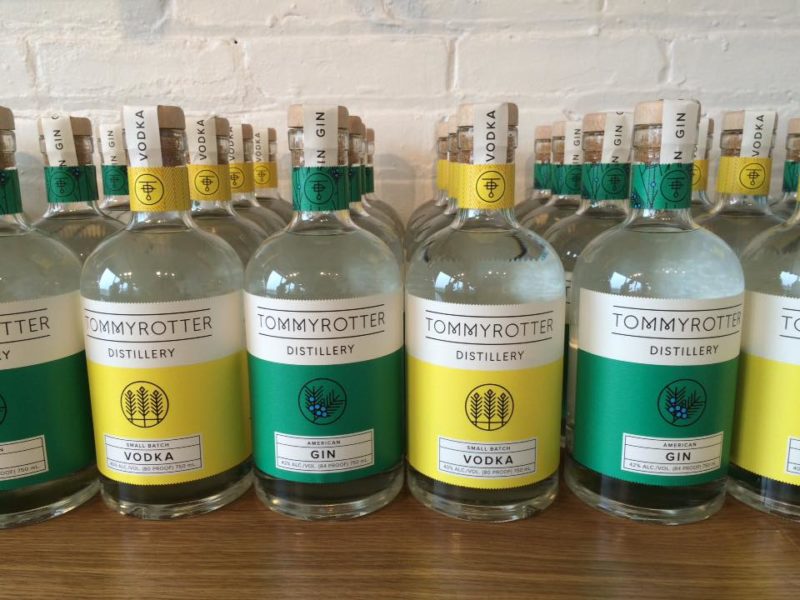 What spirit expressions do you currently produce?
What spirit expressions do you currently produce?
BF: We offer our Small Batch Vodka, American Gin and Cask Strength Bourbon-Barrel Gin.
The American Gin is our workhorse; it dominates our volume. Super flavorful, wonderfully unique tasting and makes any classic gin cocktail a knockout while maintaining the flavor intent of the cocktail recipe.
The Cask Strength Bourbon-Barrel Gin is our show pony; we release it just twice a year and it holds a Double Gold Medal and Best In Show designation from the 2016 New York World Wine & Spirits Competition. It is a one-of-a-kind spirit, very innovative in production and flavor, and incredibly delicious.
What attributes do you feel a Head/Master Distiller should posses in order to create a great dram?
BF: I don’t think there are many attributes, outside of maybe, obsessiveness, that need to be shared by distillers who make great products. The wildly different personalities in this industry make a wide array of spirit profiles and that is what offers great (and terrible) choices to consumers.
I think before even looking at personal attributes, the requirement should be really simple: CONTEXT. You need to know what great booze tastes like. You need to be able to tell the difference between bad and okay booze, okay and good booze, and good booze and great booze.
Way too many people get into this industry with a romantic fascination with “making whiskey” or “crafting something with their hands,” (something that I was guilty of) but they never get past the point of fascination with the idea of production and start asking themselves, “What does a truly great product taste like? How do I make a truly great product?” We’ve all tasted horrible “craft” liquor. The same issue occurs in the beer and coffee industry. The people who never get past the stage of astonishment that they’ve created something with their hands and ask if the something that they’ve created is actually objectively good will never be capable of making a great dram. You need realism, honest criticism and objectivity (internally or externally enforced) to ever get to the stage where you can make a great dram. From there, let your personality shine through the juice!
 Apart from the weather (if relevant), why did you set up a distillery in Buffalo, NY?
Apart from the weather (if relevant), why did you set up a distillery in Buffalo, NY?
BF: Buffalo is our hometown and we love it. This city protects its own like no other city in America…likely a side effect of a tough history of Rust Belt decline and living in the shadow of the east coast mega cities. We talk about it all the time though, we’d rather our distillery be based in Buffalo than New York, Boston, Chicago or any other big metropolitan area. The problem with those cities is many of the people who live in them are not local. They move there for work and don’t have die hard city pride. In Buffalo, most people are natives and the ones who leave Buffalo remain fiercely loyal forever regardless of where they currently reside. People in Buffalo drink Tommyrotter with pride as if the brand belongs to them as much as it belongs to the founders of the distillery and that’s something we extremely honored by. We know our city will carry us no matter how we perform in any other state. My friends who own distilleries in the huge east coast cities have higher operational costs and struggle to capture people’s attention in all of the advertising noise that exists in dense metropolises.
Why did you start production? Did you see a gap in the market or was it to fulfill some passion?
BF: Passion was the catalyst and business opportunity made us follow through.
Walk us through the distillation process. From ingredient to glass? Is there a flavor profile you’re looking for before bottling the gin?
BF: Each batch of gin starts with the ritual of measuring the botanicals, smashing select varieties, grinding others. We don’t use compounding in our gin production, everything is vapor distilled over a neutral spirit from a 100% corn mash bill. We’ll distill a number of batches and blend them for consistency. Too many craft gins vary batch to batch and that’s a function of using raw ingredients and not enough input/output control. Blending helps offer a very consistent gin. Each batch gets tested by myself and my assistant distiller before bottling. For a gin batch to get bottled, it’s profile has to land on a very narrow spectrum of taste, “the Tommyrotter spectrum.” We pride ourselves on our ability to offer the same, great tasting gin over and over again.
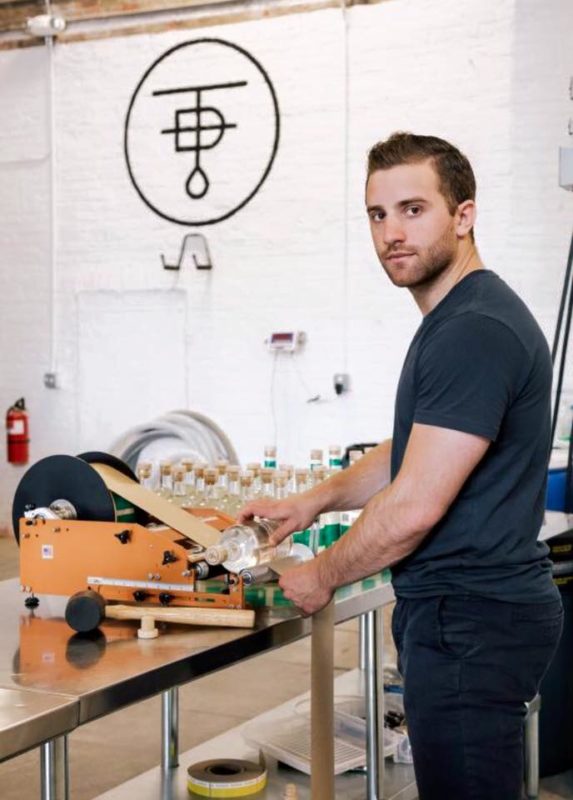 Craft distilling has become incredibly huge – as there’s still no official definition, how would you define “craft” and do you think Tommyrotter Distillery fits into this category? Why?
Craft distilling has become incredibly huge – as there’s still no official definition, how would you define “craft” and do you think Tommyrotter Distillery fits into this category? Why?
BF: I’m not one of those guys who gets bent out of shape about having to have participated in every single step of the process. There are plenty of people who fight about what craft means and who is more “craft.” You start splitting hairs. Is the guy who is cousins with the farmer more “craft” than the guy who hand picks every ear of corn that goes into his bourbon? These are the silly arguments that start. (I’m not kidding).
I think craft production is when someone adds value to the production chain in a way that a mega distiller or producer cannot or has not yet. There are plenty ways to add value and most of them take a lot of skill or patience or practice or a combination of all three! I think the distillery that distills a great product from grain to glass is as admirable (and “craft”) as the blending house that sources whiskey and creates unique products with interesting barrel finishes. We say something around Tommyrotter and I believe it transcends all of the bickering: If the juice is good, the juice is good. With this in mind, Tommyrotter is as craft as all hell.
I’ll also be the first to say that I am not a blind defender of “craft” distilleries. I am a defender of good “craft” distilleries that make great products. If you’re product is bad, get out of the business, you’re hurting the category’s reputation in the mind of consumers and making it difficult for every other small guy to fight the industry behemoths. I’ve said that since day one in this business and, as you can imagine, it upsets a lot of people, but as the industry gets more crowded and distribution lines begin to clog with too many products, it is more important now than ever to say that.
Talk for a minute about your choice of still – how did you know it would create the flavor profiles you were looking for?
BF: Our choice of stills was a function of a thin wallet, not dreamy engineering. I’ll answer this question when we buy a fancy still one day.
What is in the pipeline for 2017 that we should look out for?
BF: Deepening our foothold in existing markets (NY, MA, CT, NJ, PA) and The Masterwork Collection, our limited-release series of gins and whiskies.
Anything else you’d like to share with our readers?
BF: Drink Tommyrotter!





